Overview
Map
Other Details
كنيسة مار مارون
Jounie Haret Sakhr
Keserwan
Mount Lebanon
كنيسة مار مارون - حارة صخرسنة ١٨٨١ إشترى الخواجة بطرس نصر قطعة أرضٍ في محلّة الدِقرِين وأنهى بناء الكنيسة الصغيرة سنة ١٨٩٨، لتكرَّس الكنيسة على إسم مار مارون، وهي الوحيدة في منطقة جونيه التي تحمل شفاعته. أوقف لوحة مار مارون المكاري بطرس حاويلا على إثر معجزة شفاء إبنه، وهي من عمل داوود القرم سنة ١٩٠٩. وُسّعت الكنيسة سنة ٢٠١١، وهي منذ تأسيسها رعيّة ناشطة بحركاتها الرسوليّة وأخويّاتها.The church of St Maroun - Haret SakhrIn 1881 Boutros Nasr bought a parcel of land to build a small parish church that was completed in 1898 and dedicated to St Maroun. It is the only one that bares His name in the region of Jounieh. In 1909 after the miraculous healing of his son, the painting of St Maroun, done by Dawoud el Qorm, was donated to the church by Boutros Hawila. The church was expanded in 2011. Since its beginning up until now, the parish is vibrant with its apostolic groups and confraternities.
Visited 3509 times, 5 Visits today



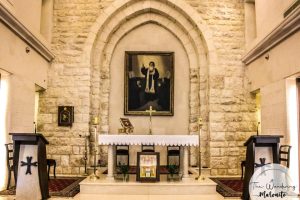
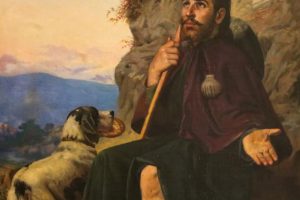
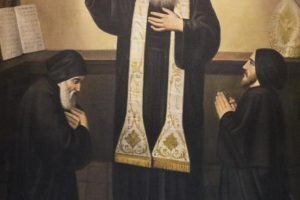
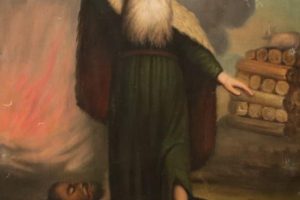
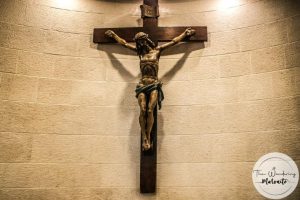
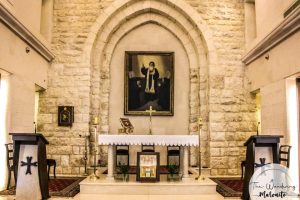






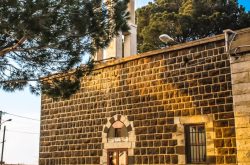


Reviews are disabled, but trackbacks and pingbacks are open.